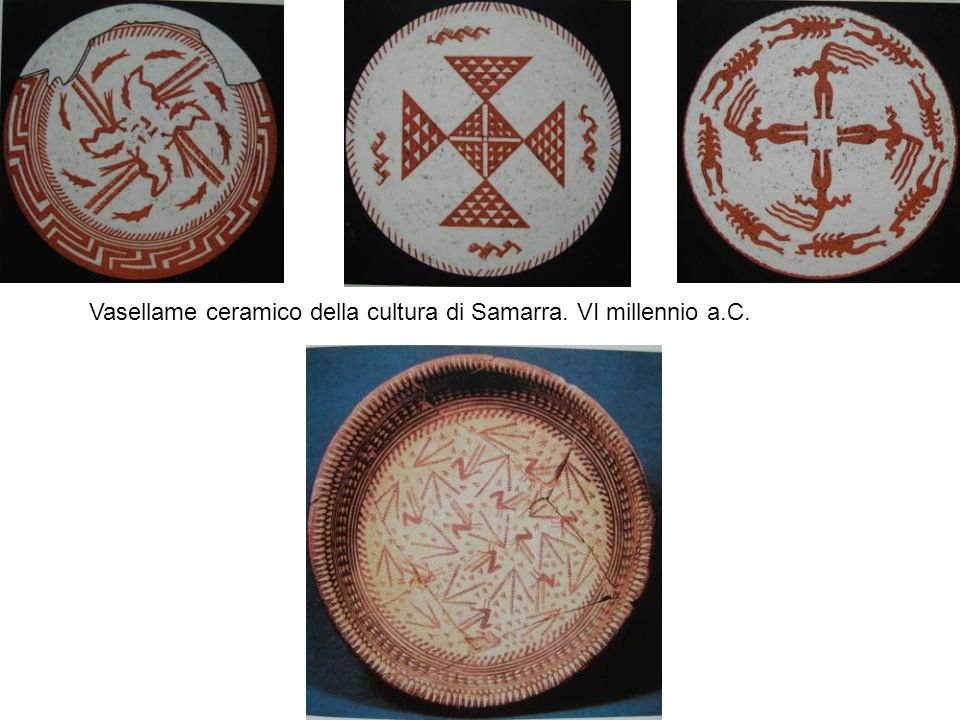Linguistics is far from my strong point, but those words in that thread sounded awfully similar to have been coincidence. I'll post them below for others' convenience:
Proto-Indo-European: senom (acc) = old
Sumerian: sun = old
Proto-Indo-European: meluo = meal, flour
Sumerian: milla = type of flour
Proto-Indo-European: hner = man, heor, power, charisma
Sumerian: ner ~ nir = trust, authority, hero, prince
Proto-Indo-European: leuh = wash
Sumerian: luh = wash, cleanse
Proto-Indo-European: sieuh = sew
Sumerian: sah ~ suh = thread
Proto-Indo-European: hemehm = water bucket, jar, pot
Sumerian: amam = beer jar
Proto-Indo-European: hensehm = strap handle of a vessel
Sumerian: anzam = Late Uruk strap handled vessels
Proto-Indo-European: sehiteh = pain, illness
Sumerian: sadah = illness
Proto-Indo-European: dolhom = pain
Sumerian: dulum = missery
Proto-Indo-European: dlukus = sweet
Sumerian: dugu = sweet, good
Proto-Indo-European: gen- = offspring
Sumerian: genna = baby
Proto-Indo-European: hegro = pasture, field, arable land
Sumerian: agar ~ ugur = arable land, meadow
Proto-Indo-European: gwous = bovine
Sumerian: gu = bull, ox
Proto-Indo-European: gher = hedgehog or small pig
Sumerian: kir ~ gir = little pig
Proto-Indo-European: ghostis = stranger, guest
Sumerian: kas = stranger, guest
English: queen
Sumerian: nin
Proto-Indo-European: gwnon
English: woman
Sumerian: gan
Proto-Indo-European: Gwen-
Gothic: qino
English: garlic
Sumerian: hadim
Proto-Indo-European: hodent = smell
Armenian: hotim
Proto-Greek: hodma
English: great
Sumerian: maha
Proto-Indo-European: majH-
Greek: megas
Sanskrit: mah-
English: ewe
Sumerian: uwi
Proto-Indo-European: howis
Latin: ovis
In terms of the cultural issue - that's no problem. Ubaid was multicultural: "...this culture saw for the first time a clear tripartite social division between intensive subsistence peasant farmers, with crops and animals coming from the north,
tent-dwelling nomadic pastoralists dependent upon their herds, and hunter-fisher folk of the Arabian littoral, living in reed huts." The pastoralists would be the IE candidates, of course. Whatever the case, I find it hugely unlikely that the farmers, pastoralists and fishermen would all be of the same ethnic origin.
As for Ubaid being South Mesopotamian in origin and later expanding up the Euphrates and Tigris - that's true, but only necessarily culturally. I don't think that means a group went from Lower to Upper Mesopotamia. It seems like that's the consensus too (that the Halaf-Ubaid transition was a cultural change rather than that of a migration). Moreover, some presumably Russian linguists (Dyakonov and Ardzinba - I'm just quoting Wikipedia without understanding) placed the proto-Euphratean language, that of the Ubaid culture, as originally belonging to that of the Samarra culture, which is further up Mesopotamia, and closer to the likely original Halafian source of these guys. Tomenable, who is basically where I steal half of my ideas and all my good ones, came up with a great thread about pastoral and metallurgical elites amongst farmers, but I can't seem to find it atm.
But I really don't think more evidence is needed than those swastikas. Later, clearly non-IE groups did adopt the symbol and spread it independently, however this is really early on, and basically requires a West Asian cultural diffusion of this symbol from a West Asian IE source (if those swastikas aren't in actuality evidence of IE folk but just some other group that picked up the symbol, they surely picked it up in West Asia, so IE guys must have been there, which is basically as good as saying the swastika is evidence of IE guys).
There is some genetic evidence based on inference, obviously very bad evidence, but still enough imo - if we look at the map of Z2103 (below), there is a pretty huge presence in roughly modern-day Iraq which can't really be explained by Indo-Iranians (who surely would have been overwhelmingly R1a-Z93) and also can't be explained by the Hittites/other Anatolians (who never expanded this far). This matches up with the fact that most early branches of Z2103 are more West Asian than anything else (mainly Caucasian - if you check on yfull, almost all of those Russians are Caucasian btw), and some exclusively so.






